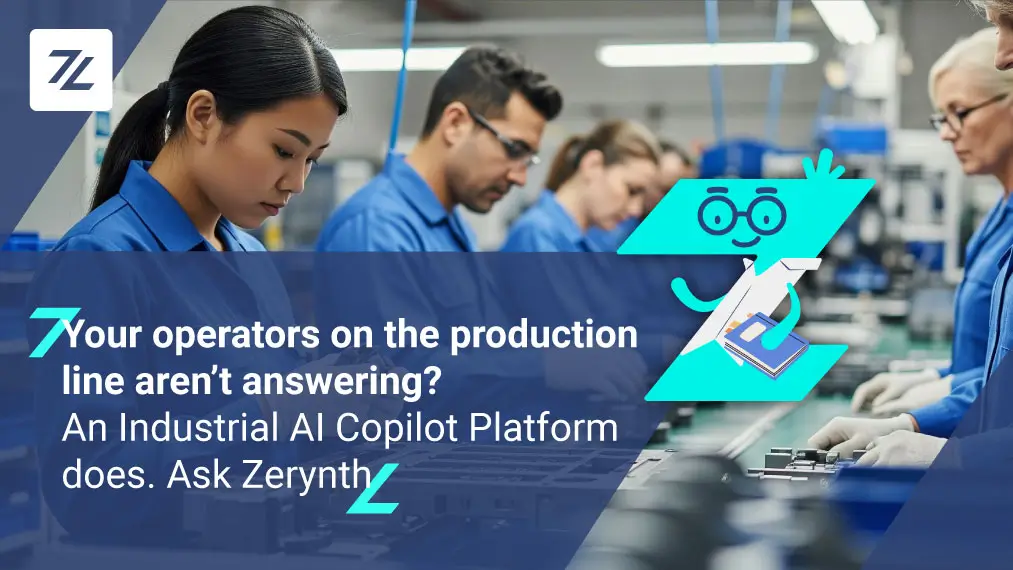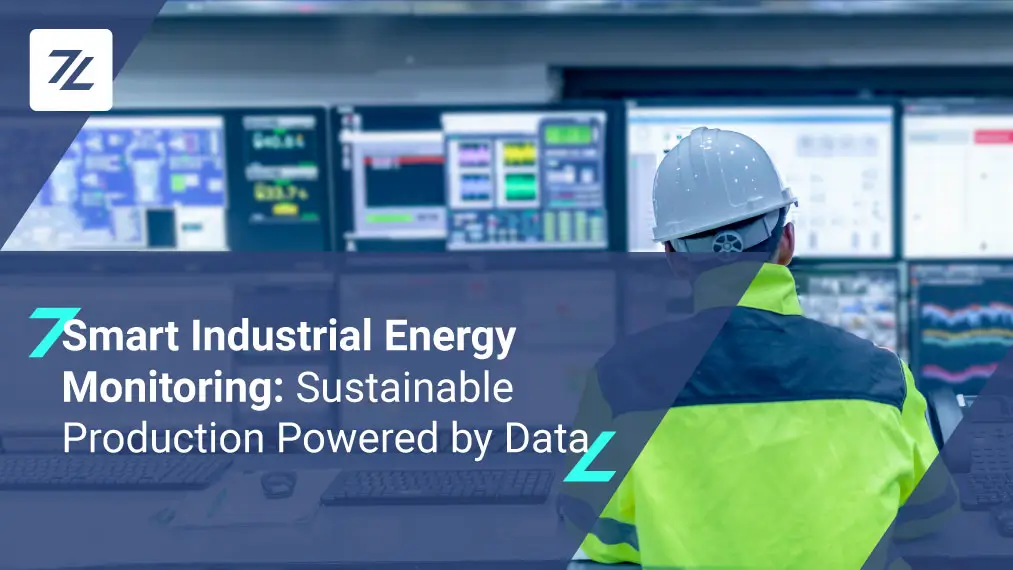The increasingly fierce competition among industries demands maximum efficiency and productivity. One crucial aspect of an industry’s success is the continuous monitoring of factory departments and the production line optimization.
This strategic practice enables companies to detect bottlenecks in real-time, react immediately to unexpected issues, or anticipate their appearance through preventive actions. All of this results in maximizing resource utilization, improving process quality, efficiency, and competitiveness.
How can different areas be monitored, and why is it essential to do so? Read on to find out more!
Factory Departments: Formation and Key Monitoring Areas
First and foremost, real-time monitoring of factory departments is vital to promptly identify problems or breakdowns in the production chain. Identifying these anomalies early on reduces machine downtime and prevents costly delays or disruptions in the production lines. But where do you start to embark on a path towards digitalization? How can we enhance production line optimization?
A factory department is a specific section within a manufacturing company where a particular production process or a set of interconnected activities takes place. The formation of a factory department can vary depending on the industry type and the company’s needs, but in general, they share some common characteristics. Examples of factory areas include the production area, assembly area, warehouse area, packaging area, and quality control area.
Each factory department occupies a physical space within the company’s building or industrial complex. This space is organized and designed based on the needs of the production process, divided into different areas for various stages of production.
Factory departments are furnished with specific machinery and equipment necessary to carry out the production process, which, under ideal operating conditions, has been designed to achieve the set productivity and sustainability goals. Examples of such equipment include automatic machines, robots, production lines, molds, tools, and more.
The main areas that need monitoring when embarking on a digitalization journey include:
- Production Flow: Each factory department follows a specific production flow, where raw materials are transformed into finished products through a series of well-defined steps and operations. This production flow is designed to maximize efficiency and minimize production times, managed by qualified personnel following safety regulations and product quality requirements.
- Materials and Warehouse: Factory departments must be adequately supplied with the raw materials required for production. Additionally, there might be a dedicated area for material management and storage. Automation of the supply chain and the overall process is crucial to ensure efficiency.
- Production Management: In some cases, a factory department might have a production management office, responsible for planning activities, tracking performance, and making decisions to optimize the production process.
It is crucial that all factory areas are coordinated and organized efficiently to ensure there are no bottlenecks and that the production flow is designed to achieve the set productivity and sustainability goals.
Why monitoring and managing production lines in real time
Identifying these anomalies early on in the production process reduces the lead time of components, identifies bottlenecks, provides real-time tracking of orders, and allows for an overall evaluation of production and energy costs. But where do you start to embark on a digitalization journey right away?
Monitoring and managing production lines in real-time provides a clear view of key data and performance metrics of machines and processes. This enables making immediate decisions to improve efficiency and prevent issues.
Identifying and correcting defects or deviations in production ensures a high standard of quality for finished products and facilitates maintenance planning. Continuous monitoring allows the early detection of signs of wear or machine malfunctions, making it easier to plan preventive maintenance and avoid unexpected production interruptions.
Real-time monitoring of production lines for optimization processes provides accurate product traceability, enabling the identification of origins of defects and the root causes of inefficiencies.
Monitoring production lines and factory departments with Zerynth
The utilization of IoT technologies for real-time monitoring of industrial machinery operations and conditions is not always entirely effective when aggregation of data is needed to provide crucial real-time insights into the performance of entire production processes or the impact of factory energy costs on production costs. Such requirements go beyond monitoring a single production machine and demand data aggregation and analysis at the level of entire production lines, and increasingly, entire departments or factories.
The Zerynth solution proves to be effective and readily available to meet the needs of optimizing factory departments and production lines.
This technology not only ensures the optimization of individual machines but also provides real-time insight into the impact of using one machine on all others in the optimization of production line. This allows for the evaluation of key performance indicators (KPIs) for each department and the identification of the impact of each production line on overall performance.
Effective management of production processes is crucial to ensuring the success and efficiency of a company. Moving from monitoring individual machines to evaluating the impact of specific problems on the entire production line provides insights into potential line stoppages caused by failures and their overall effects on the production process.
In addition to individual machines (Fig 1), Zerynth adopts a broader approach, considering the concept of the entire production line (Fig 2). This perspective allows for a multi-level view, from aggregated overviews of each production line to specific details for each phase.
Thanks to this comprehensive overview, companies can make more informed decisions and optimize operations based on the global needs of production, ultimately calculating the coveted optimal OEE value.
In summary, thanks to the Production Insights App offered by Zerynth, the capability to monitor and evaluate the impact of machines on the entire production line is acquired. It allows addressing issues in real-time, optimizing the performance of individual machines, and improving the overall efficiency of the production process.
Best Practices for Production Optimization
Monitoring factory departments and production lines is one of the most widely spread best practices by industries to improve efficiency, productivity, and competitiveness. What are the final benefits?
- Improved workers’ safety: Continuous monitoring of factory departments enables the detection of safety risks and the implementation of preventive measures to ensure a safer working environment for employees.
- More efficient production flow: Monitoring factory departments allows for an analysis of the production flow, identifying potential obstacles or inefficiencies in the process. This enables implementing changes and optimizations to increase productivity and reduce production times.
- Waste reduction: Identifying waste and inefficiencies in factory departments allows for corrective measures to reduce operational costs and optimize resource utilization.
For a complete optimization of production lines processes, monitoring alone may not be enough to efficiently manage production and gain real-time visibility across all machinery in the factory. Would you like to know the best practices for embarking on a digitalization journey?
Read the white paper and discover how you can start controlling production, avoiding machine downtime, reducing final costs, and tackling challenges related to optimizing production lines.
Share This Story, Choose Your Platform!
Follow Zerynth on
Latest Posts







